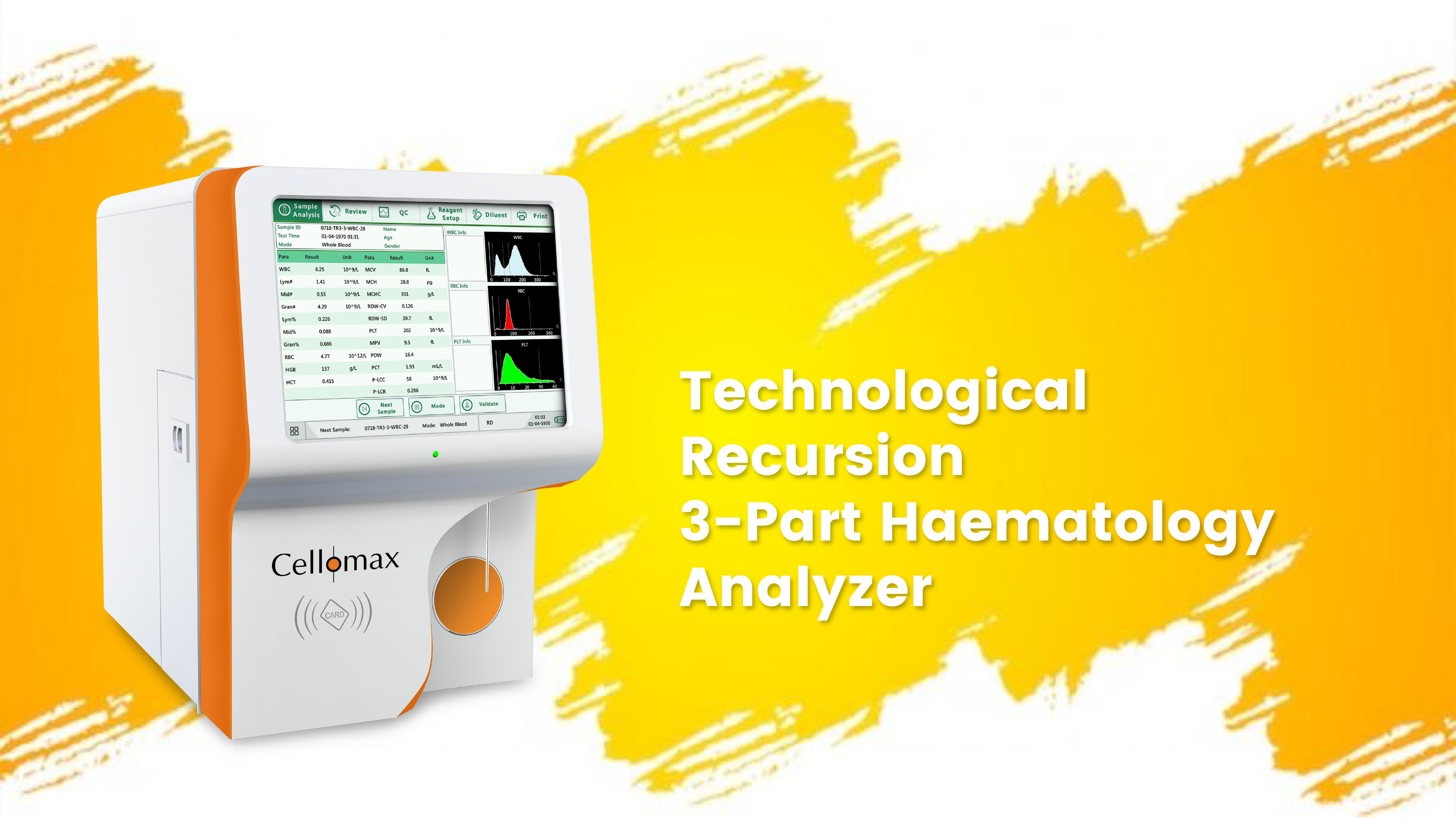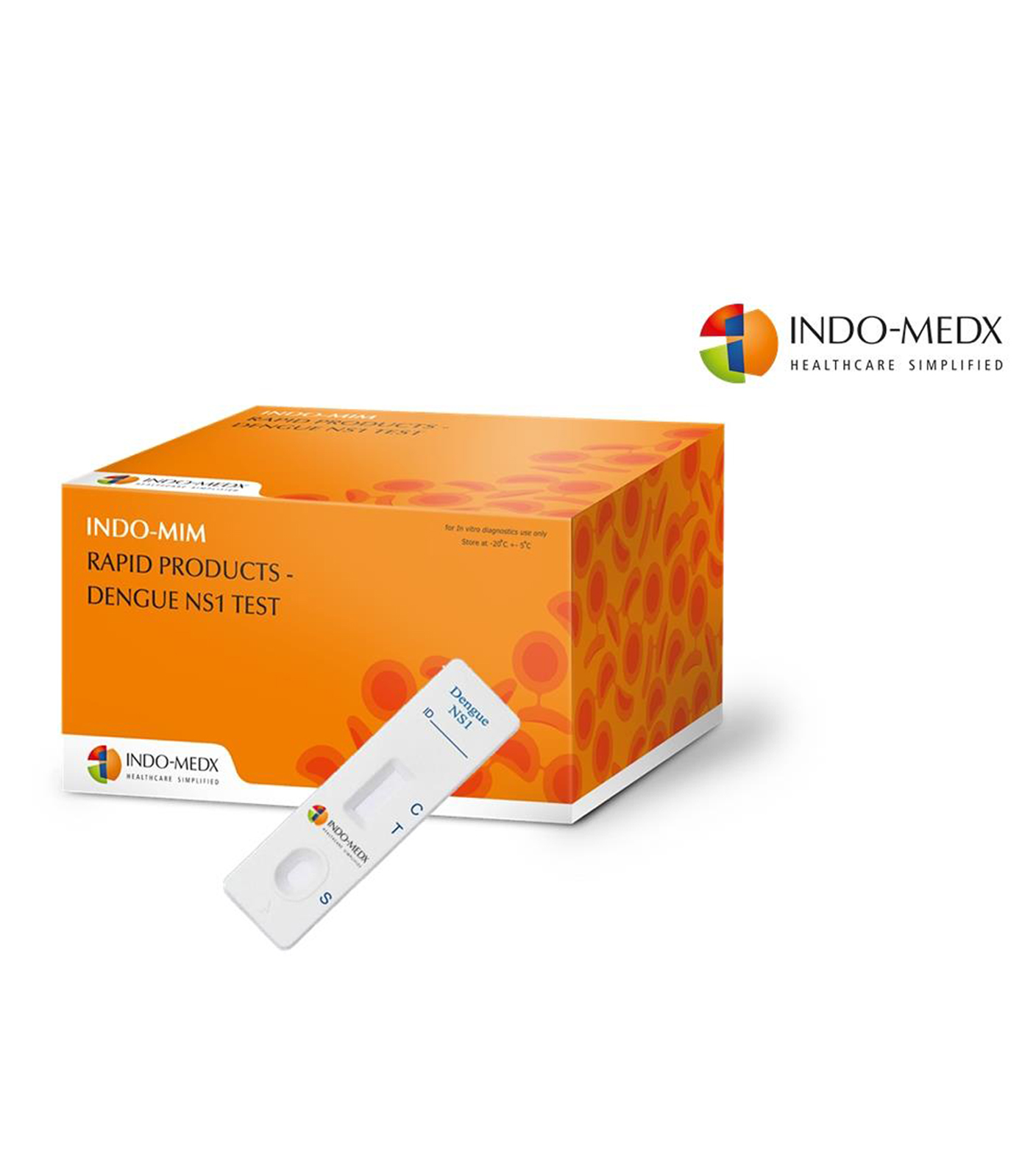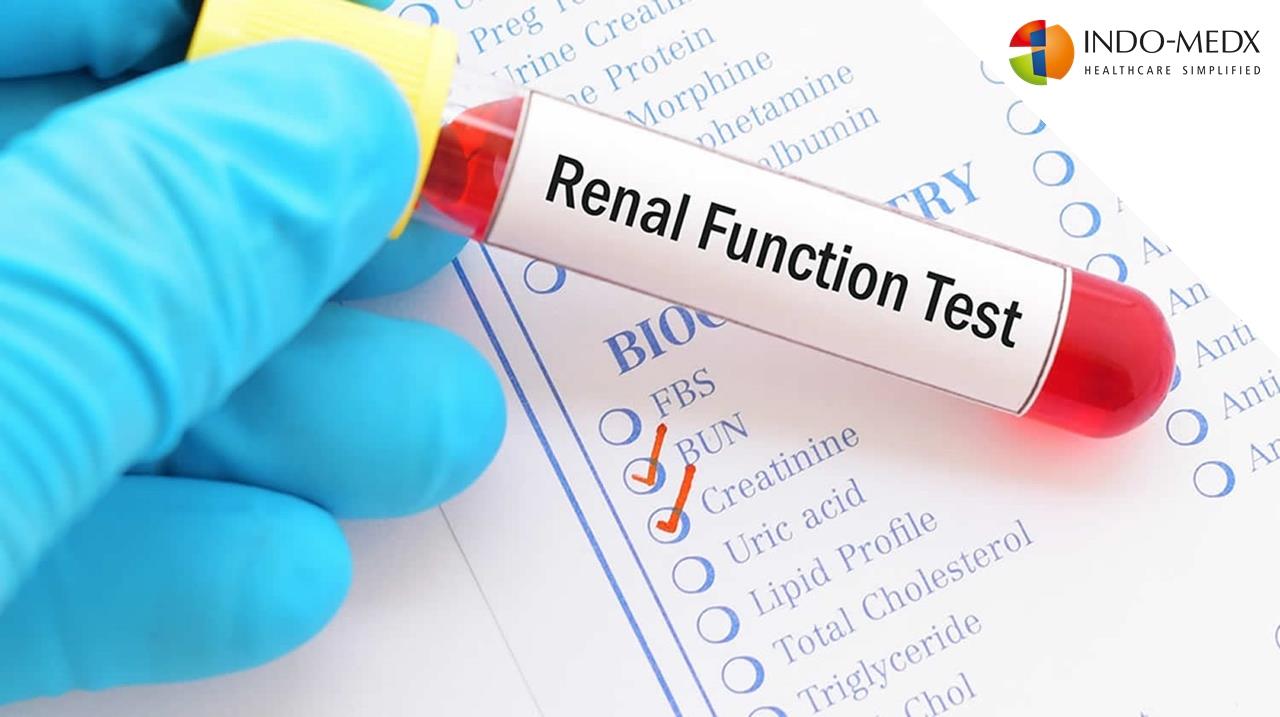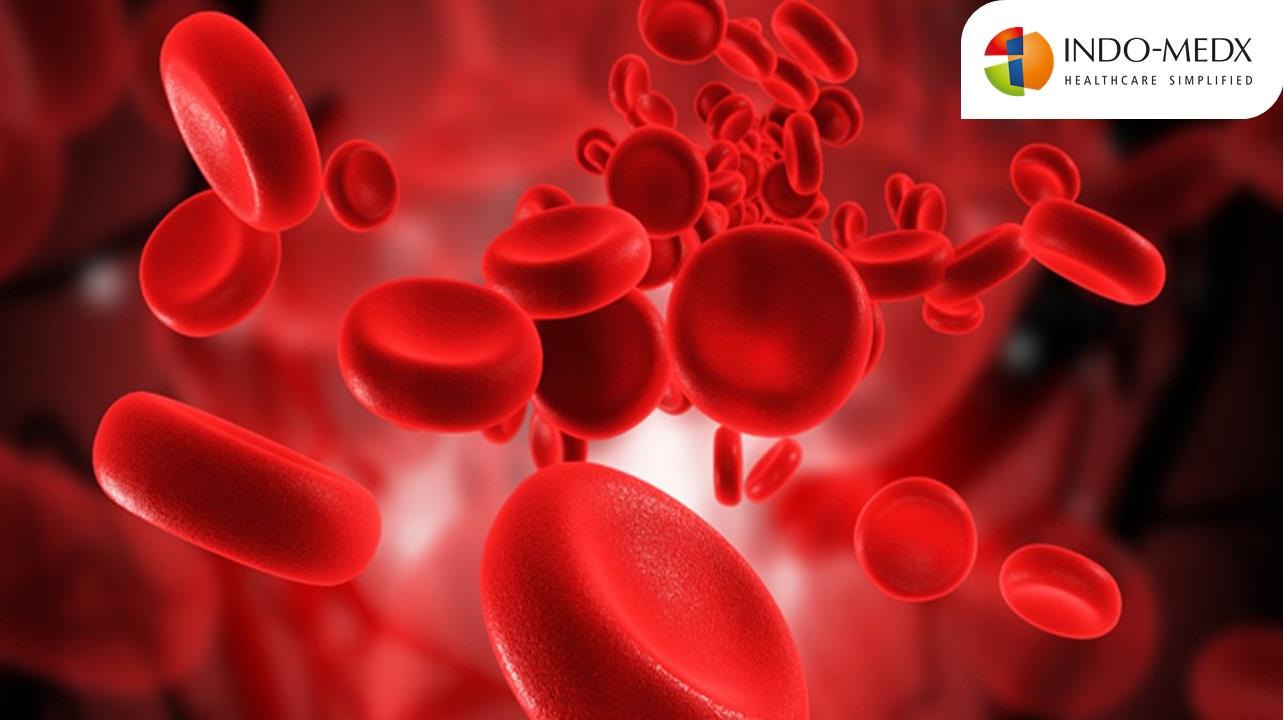
Jun 28, 2023
Blog
Technological Recursion – 3-part Haematology Analyzer
Technological Recursion – 3-part Haematology Analyzer
The increasing outbreaks, mutations, emerging pathogens, and growing resistance place pressures on
healthcare systems. Blood disease is the most dangerous disease that infects millions of people
around the world,so it is important to diagnose and monitor its prognosis, treatment, and prevention.
To diagnose such diseases, hematology analyzers are being used predominantly by quantitative and
qualitative analyses of cell counts and additional information such as cell population data and Lymph
Index.
As other medical technologies, the 3-part hematology analyzer has had to adapt to current changes
in healthcare, including advancements in technology such as
Improved technology: The latest 3-part hematology analyzers incorporate advanced technology, such
as improved optics and sophisticated algorithms, to provide more accurate and reliable results. Some
analyzers also include automated sample preparation and handling systems, which reduce the risk of
errors and improve turnaround times.
Point-of-care testing: Point-of-care (POC) testing is becoming increasingly popular, particularly in
resource-limited settings or where immediate test results are required. Some 3-part hematology
analyzers are now available as POC devices, allowing to perform CBCs at the patient's bedside or in
the field.
Customization of test panels: Depending on the specific needs of a patient or healthcare facility, some
can be customized to include additional parameters, such as reticulocyte counts or advanced WBC
differentials such as NLR, LMR, and PLR. They function as novel biomarkers of systemic inflammation,
which are closely related to immune response.
Brief about test panels: The neutrophil-to-lymphocyte ratio is an independent risk factor for COVID-
19 and has been suggested to be associated with cardiac arrhythmia, inflammatory bowel disease,
thyroiditis, malignant nodules. They are also associated with a variety of other diseases. Platelet-to-
lymphocyte ratio (PLR) has been suggested to be associated with type 2 diabetes mellitus and bowel
disease it can also be prognostic marker of fibrosis in patients. Therefore, these markers have been
widely used in clinical practice.
Introducing CELLOMAX the 3-part hematology analyzer that has transformed the field of hematology
analysis, empowering healthcare professionals with faster, more accurate, and comprehensive blood
test results with additional parameters such as NLR, PLR P-LCC, & P-LCR.



